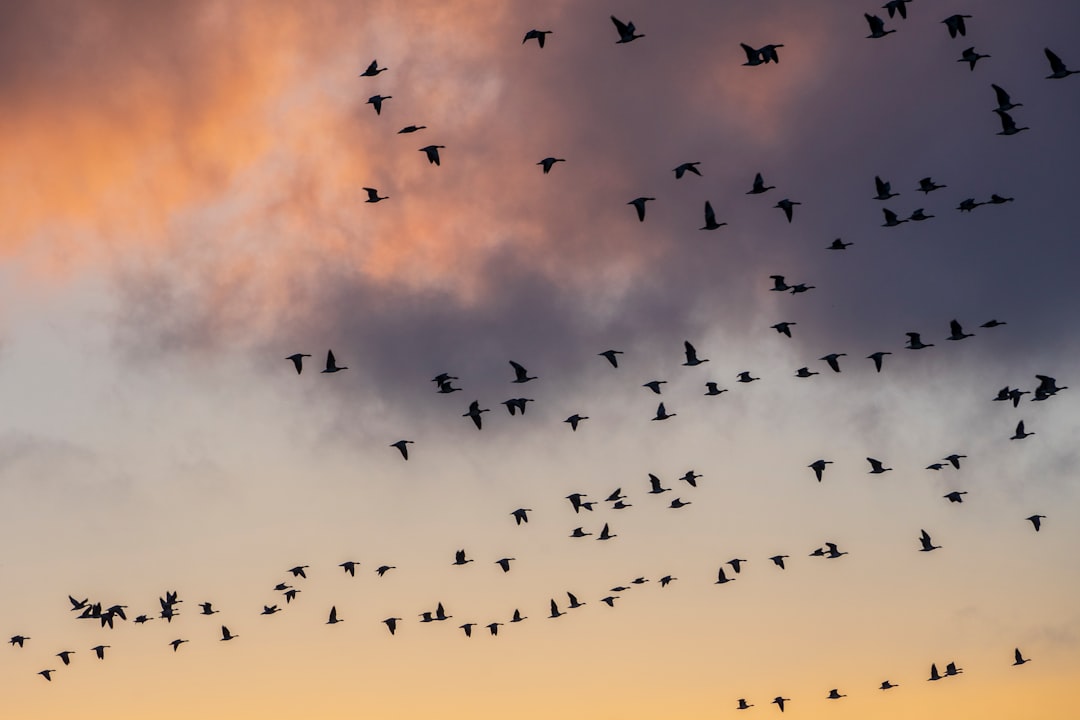
A month ago, I completed a 9-day training in Mindful Outdoor Leadership at the Kripalu Center in western Massachusetts. I was part of a group of 25 fine folks, from all walks of life, seeking to deepen our connection to the living Earth and learn how to share the experience with others. The whole training took place outside, in a friendly hemlock forest just uphill from the center where we ate and slept. We had some excellent human guides, but the main teachers were the myriad beings who graciously hosted us: black walnut trees, countless sparrows, intrepid moss, watchful rocks and an exquisite brook.
We were taught a protocol for guiding people in mindful experiences of the natural world, which can transform a landscape from something we are hiking through to a field of wonderous encounters. There is moving and breathing to get embodied, slow walking with wide-open senses, sitting in open-eyed meditation, and finally time to share what was learned with the group.
The format is quite simple because it doesn’t take much for humans to remember our bond with the More Than Human. After all, 99% of our ancestors were paleolithic animists1. We’ve only been living as if we are separate from the land for a handful of millennia.
I’ve begun to experiment with this format by leading small outdoor experiences at a local park that is fairly secluded and home to an unusual cottonwood forest. Most of the trees are swimming in oceans of grass, but a sliver has been allowed to regrow as forest. A group of volunteers has been valiantly beating back invasive species and tending native plants for 5 years, so about half the forest is starting to diversify again.
On first glance, it doesn’t match a stereotypical vision of “being in nature”. Newly planted trees and shrubs are surrounded by wire cages to keep the deer away. Lawnmowers buzz in the distance. Signs of human intervention are everywhere. In fact, the whole forest only exists because of humans: cutting down the original oak savannah in the 1800’s, digging up the clay soils to make a drainage canal in 1907, then allowing the pioneering cottonwoods to grow for the past 100 years.
Any yet: the place is alive and available for relationship. The beauty of nature reconnection practice is that it works anywhere. We don’t have to go to Yellowstone. Robins and squirrels can wake us up from our human daydreams as much as bears and moose.
One participant had this observation:
I have always loved being in green, wild or natural places. They calm, relax and help me feel deeply connected to all life in ways far beyond the intellectual.
Since most of my time is now mainly in urban and commercial spaces, this session helped remind me that mindfulness and gratitude are especially important in relation to our home “natural” environments, and needn’t be saved just for special moments.
I had been feeling emotionally overwhelmed the morning of this experience but I left the experience relaxed and smiling. Thank you!
Friend, have you by chance been feeling emotionally overwhelmed, too? I sure have. The level of crazy in the human world is severe these days. Thanks to our phones, many of us now live in near-constant contact with the madness of the human world. It’s easy to feel like the only truth is that the world is falling apart. And yet, as Mary Oliver reminds us:
Meanwhile the world goes on.
Meanwhile the sun and the clear pebbles of the rain
are moving across the landscapes,
over the prairies and the deep trees,
the mountains and the rivers.
Meanwhile the wild geese, high in the clean blue air,
are heading home again.
Whoever you are, no matter how lonely,
the world offers itself to your imagination,
calls to you like the wild geese, harsh and exciting -
over and over announcing your place
in the family of things.
from "Wild Geese" by Mary OliverOliver’s poetry articulates the great potential of outdoor practice, which I hope to elaborate in my next years of teaching. The world is just waiting to remind us that we belong here, if only we can slow down enough to hear the news.
It is profoundly soothing to feel the companionship of the living Earth. Yet the thicket of human concerns is dense, and we need lots of reminders. So again, we can’t rely on yearly vacations to “natural places” to sustain us, just as we can’t only practice yoga once a year at a retreat. Nature is everywhere, inside and out, and this place right here is teeming with long-lost family.2
For more on our animist roots, treat yourself to this poetic, trance-inducing podcast:
A topic for next time: This family of things has a really complicated history and some of it is gnarled and thorny. Death and decay are part of this family. Viruses are part of this family. There’s good reasons for humans clear space in the forest for houses and gardens…

